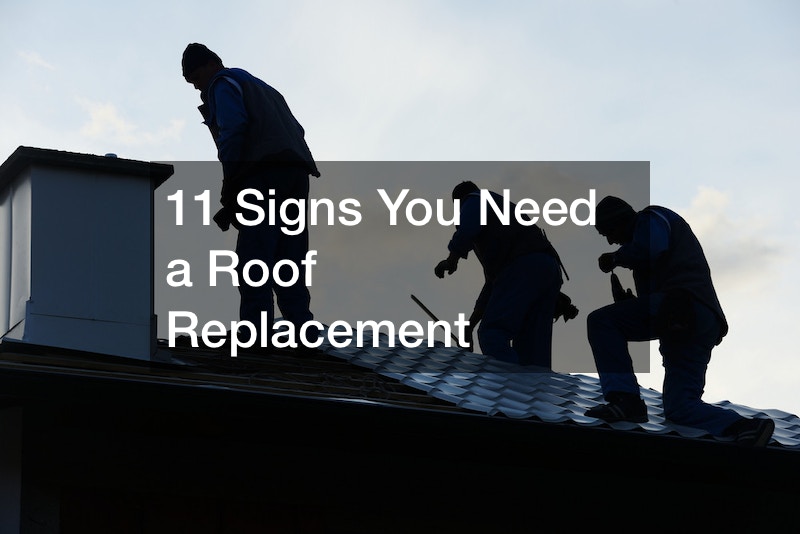Every home requires upkeep and maintenance to ensure its longevity, and the roof is one of the most crucial components. A well-maintained roof protects your home from the elements, adds aesthetic value, and ensures energy efficiency. However, like all things, your roof will need repair or renovation over time. Understanding what your roof might need can help homeowners budget accordingly, especially when considering the overall roofing cost.
1. Roof Repair
Roof repair is often necessary to address damages caused by weather conditions, aging, or accidents. Small areas that show wear and tear, like missing shingles or leaks, should be handled promptly to avoid further damage.
Addressing these issues can help extend the life of your existing roof, postponing the need for more extensive work.
When considering roof repair, it is vital to understand the roofing cost involved. The expense can vary widely depending on the extent of the damage and the materials used. Engaging with a professional roofer to assess and provide a detailed estimate can save you time and money in the long run.
2. Roof Replacement
Roof replacement might become necessary if your existing roof shows extensive damage or has reached the end of its lifespan. This process involves completely removing the old materials and installing a new roofing system. While this is one of the more expensive roofing projects, it provides an opportunity to enhance the overall design and efficiency of your home.
The roofing cost of a complete replacement can be significant, and it is essential to consider this investment carefully. Factors affecting the cost include the type of material, the size of the roof, and the complexity of the project. Homeowners should consult with roofing specialists to explore different materials and techniques that may offer both durability and a reasonable price.
One benefit of a roof replacement is the enhancement in energy efficiency with modern materials, which could lead to lower energy bills. Additionally, new roofing materials often come with warranties, providing peace of mind for years to come. Select materials that are appropriate for your local climate to maximize the lifespan of your new roof.
3. Roof Inspection
Regular roof inspections are a vital preventive measure to catch minor issues before they escalate into major problems. During an inspection, professionals evaluate not just the surface materials, but also underlying structures such as the decking and insulation. This can prevent unexpected roofing costs that arise from unseen damages.
The roofing cost associated with inspections is minimal compared to potential major repairs from deferred maintenance. Inspections should ideally be done biannually or after significant weather events, serving as an early warning system for your home’s largest structural cover. Partnering with a reliable roofing company ensures accuracy and thorough assessment.
Through inspections, homeowners gain insights into the condition of their roof and any upgrades or maintenance that might be beneficial. This step empowers homeowners with critical information to plan future expenses and prioritize projects. Proactively managing the condition of your roof can significantly impact the longevity and safety of your home.
4. Roof Restoration
Roof restoration is a viable alternative to complete replacement, particularly for roofs that are not severely damaged. This process enhances the appearance and performance of the existing roof by cleaning, repairing, and resurfacing. It’s a cost-effective method that can prolong the roof’s life by addressing common issues like leaks and water damage.
The roofing cost of restoration is generally lower than that of a full replacement, making it an attractive option for budget-conscious homeowners. Restoration often includes applying a protective coating that reflects UV rays, thus improving energy efficiency. Engaging with professionals who specialize in restoration ensures that the task is carried out with the highest level of expertise and care.
Another advantage of roof restoration is its environmental benefits, as it minimizes waste by reusing existing materials. This can be a significant consideration for homeowners looking to reduce their environmental footprint. A restored roof can enhance curb appeal, potentially increasing property value without the expense of a full roof replacement.
Maintaining your home’s roof is an essential part of home ownership that protects your investment and enhances its value. By understanding the different types of roofing projects and their associated costs, homeowners can make informed decisions that suit their budget and needs. Regularly addressing roofing needs, whether through repair, replacement, inspection, or restoration, can save homeowners substantial time and money in the long term, while ensuring a safe and comfortable home environment.
.




